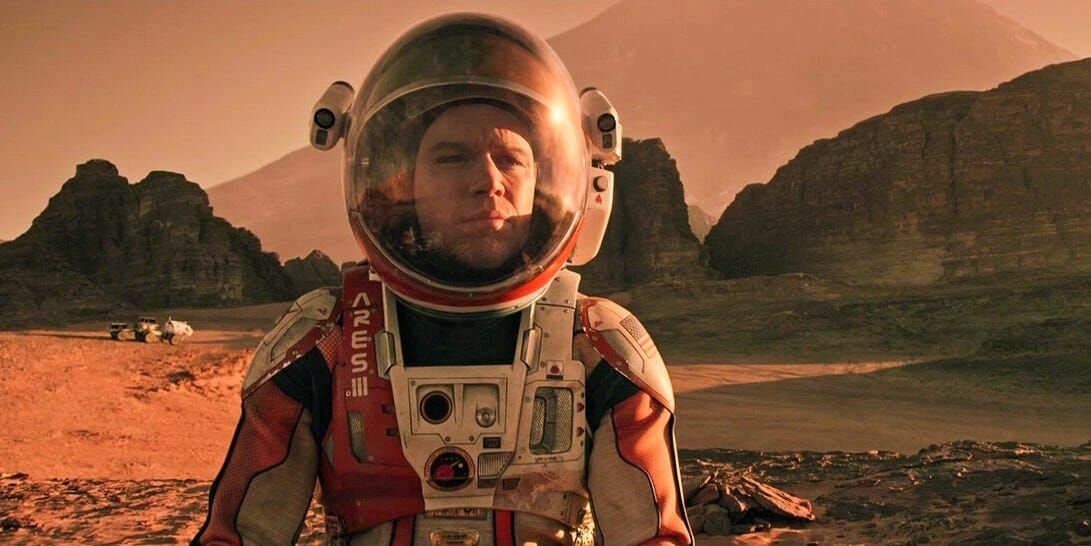Event Info
What: Science on Screen: “The Martian”
When: Friday, May 28 at 8 p.m.
Where: Swanny City Park (400 N 100 West)
Cost: Free
For more info, go to www.sciencemoab.org
Moab’s red soil, bizarre rock formations and mind-bending terrain often prompt comparisons with the planet Mars. The staff of Science Moab had that in mind when they chose the film “The Martian” for the second event in the Science on Screen series, which is taking place outdoors at Swanny City Park at 8 p.m. on May 28.
The series pairs popular cinema with discussions led by local scientists and researchers who can offer insight on some aspect of the movie. Last month, geologist Chris Benson talked about the bygone uranium industry in Moab ahead of a showing of the 1964 black comedy “Dr. Strangelove or: How I Learned to Stop Worrying and Love the Bomb.”
This month, ecologist Dr. Jayne Belnap will talk about her extensive research on biological soil crusts before a showing of the 2015 science fiction drama “The Martian,” which follows the fictional survival story of an astronaut stranded on Mars.
“We’ve always been fascinated by how much Moab looks like the surface of Mars and vice versa,” said Kristina Young, director of Science Moab. “We wanted to talk to someone who knows a lot about the smallest life forms that live here in Moab—the microbes and soil crusts—and ask how likely it is that they could also live on Mars.”
Biological soil crusts are communities of organisms that form a “crusty,” knobbly surface on the ground. They can help control erosion, retain water in dry climates, and fix nitrogen in the soil, which in turn helps plants to grow. Biocrust is ubiquitous in the lands surrounding Moab: it’s the black, clumpy stuff that coats the ground alongside trails. It’s key to the desert ecosystem and also fragile and vulnerable to impacts.
Belnap has conducted research all over the world and contributed to many conservation efforts aimed at reducing soil erosion and restoring vegetation, including local research efforts attempting to cultivate and transplant biological soil to use in restoration projects. She was recently admitted into the National Academy of Sciences, which, Young said, “is a huge deal for a scientist.”
The plot of ”The Martian” involves a fictional astronaut named Mark Watney who gets stranded on Mars and has limited tools and supplies to survive.
“I’ve got to make water and grow food on a planet where nothing grows,” says the character Watney in the trailer for the movie.
Belnap can discuss the technical aspects of soils and small life forms that thrive in them, and the conditions necessary for them to exist. Could they exist on Mars?
“We’re excited to learn from her and hear about the knowledge she’s gained over an incredible career,” said Young.




